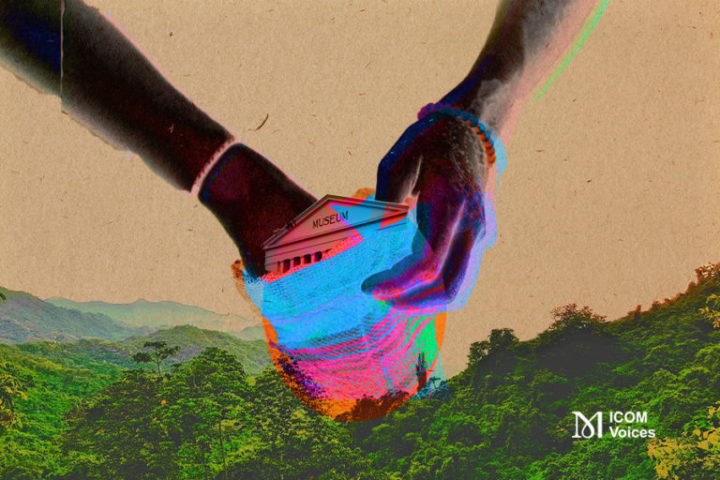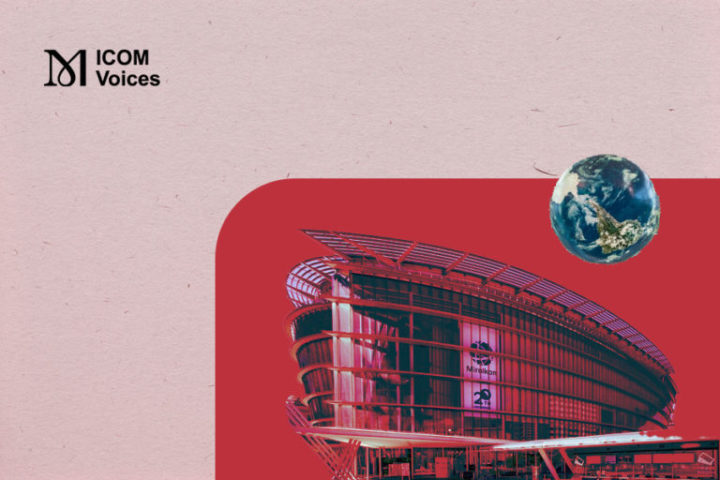Keywords: memory, community, co-creation, dialogue, COVID-19, teaching material.
Experiences with learning material from Un Museo para Mí in Colombia
What are ‘pocket museums’ and how do they relate to our personal and collective memories? In this article, we explore the idea of ‘pocket museums’ as a tool for creation and dialogue within the context of the project Memory, Victims and Representation of the Colombian Conflict, as well as in that of the creation of the Museo Afro de Colombia.
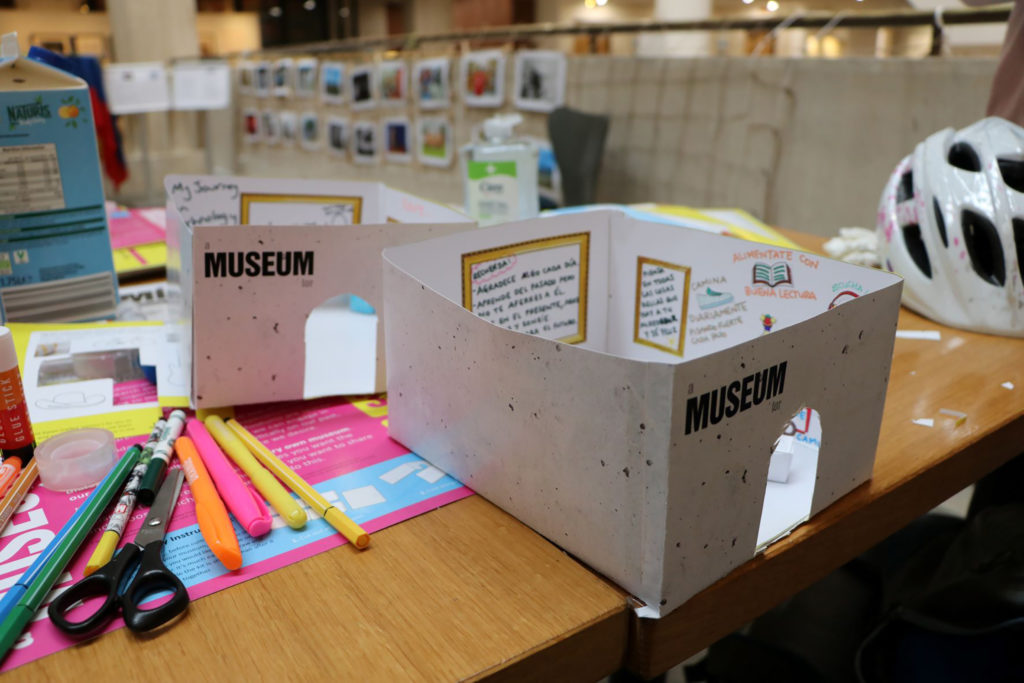
Fig. 1. Educational material Un Museo Para Mí, Liverpool 2022.
Many of us might first think, on hearing the word ‘museum’, of silence and contemplation, of looking but not touching, of painstakingly organized places where each object, after being thoroughly researched and curated, is preserved in a glass case. But there are also ‘pocket museums’. This is the concept we have used in the framework of Un Museo para Mí (A Museum for Me), a project aiming at establishing a dialogue and fostering creation.
What is a ‘pocket museum’, you may ask… Defining it is not easy: a ‘pocket museum’ may include the photographs we keep in our wallets or store in our cell phones, or a note or a dried flower we treasure inside a book or an envelope, or even the aroma of a home-cooked meal… There are as many ‘pocket museums’ as there are persons. ‘Pocket museums’ are flashes of the memories we visit during our conversations and chats with friends and family. ‘Pocket museums’ exist in our minds, in our purses, or when we visit our grandparents’ homes. They are the representation of our memories and our personal heritage.
The project Memory, Victims and Representation of the Colombian Conflict
The international interdisciplinary research team ― led by Prof. Claire Taylor and Dr. Lucia Brandi from the University of Liverpool (UK) together with museologist Camilo Sánchez, within the framework of the project Memory, Victims and Representation of the Colombian Conflict, funded by the Arts and Humanities Research Council (AHRC) and the UKRI Global Impact Accelerator ― uses the ‘pocket museum’ metaphor to explore the narratives of the Colombian conflict by means of learning materials.
These materials are didactic resources used in the teaching and learning processes. Their objective is to facilitate the understanding of a theme or to create a tool for dialogue or exploration in the framework of an exhibition or in the educational plan of a museum. By allowing visitors to have a ludic experience, they encourage creativity and imagination. In the project A Museum for Me, the material in question acquires a special quality, since it was created with the objective of making visible the stories of victims and survivors of the Colombian armed conflict.
This material is a kit printed on paper designed to be cut out and assembled to create a model of an exhibition hall. It includes a set of sheets of paper containing elements such as walls, floors, ceilings, doors and windows, as well as objects that are usually part of exhibitions, such as paintings and stands for sculptures. The kit allows users to create a miniature exhibition that tells collective or personal stories.
This kit was used for the first time in workshops with women who were victims of the Colombian conflict in the areas of Boyacá, Santander and Bogotá. The aim was to create tools they could use to narrate their stories from the perspective of truth, justice, reparation and non-repetition.
Our memories shape us, they allow us to grasp how we understand the world. The concept of ‘museum’ becomes a metaphor for dialogue and healing, as the institution — through the creation of small paper museums made from the didactic material that is A Museum for Me — becomes a tool to explore the maze that is the memory of a country, full of layers, of many types of violence and of many untold stories.
A Museum for Me – The Exhibition
The exhibition A Museum for Me opened in 2020 at the Museo Nacional de Colombia, in Bogotá, transforming one of the museum’s halls into a place thought of as a space where the public can meet and create. The personal museums created by the women participating in the project Memory, Victims and Representation of the Colombian Conflict established a dialogue with other personal museums which were created by visitors of the exhibition. The hall became a space for workshops where children and adults reflected on the role of museums in the 21st century and on the relationship between representation, the gaps therein and the hegemony of national narratives in Colombia’s historical museums. This experiment allowed the museum to exhibit historical artefacts as well as the items created by visitors: the resulting small museums were made with the contents of the visitors’ pockets.

Fig. 2. Exhibition of the project Memory, victims and representation of the Colombian conflict in dialogue with museums made by visitors at the National Museum of Colombia in March 2021.
Project Adaptation During COVID-19
The coronavirus crisis in 2020 led to the closure of museums in Colombia and around the world, and the exhibition A Museum for Me was adapted to the new reality. It became an online version that ensured that the virtual visitors of the Museo Nacional de Colombia could still actively participate. In parallel, in 2021, the project embarked on a journey to 22 museums in Colombia. The printed learning materials of A Museum for Me were sent to different art, history, and memory museums with the objective of supporting their educational areas in the creation of workshops to dialogue with their audiences about lockdown experiences and the transformation of society during the pandemic.
Thus, A Museum for Me made it possible to build new routes and test methodologies for post-pandemic reopening. Some examples follow: the activities carried out by the Casa Museo Rafael Núñez in Cartagena, Bolívar, where hybrid workshops were held with on- and off-site participants for an activity entitled Un museo colectivo (A collective museum) that streamed on Facebook. Another activity that stood out was the Museo Picnic (Museo Picnic) organized by the Casa Museo Antonio Nariño in Villa de Leyva, Boyacá, where attendees explored the museum’s vegetable garden to create exhibitions based on this experience. All these activities used the physical materials provided.
The Museo Afro de Colombia and Pocket Museums
2021 was declared the Year of Freedom in celebration of the 170th anniversary of the proclamation of the Law for the Abolition of Slavery in Colombia. The Year of Freedom was, above all, an opportunity to underscore that Black, Afro-Colombian, Raizal and Palenquero communities have created knowledge and heritage. For this reason, the Museo Nacional de Colombia launched the Museo Afro de Colombia project, an initiative led by the Ministry of Culture in collaboration with the City Hall of Cali and the Governor’s Office of Valle del Cauca. The Museo Afro de Colombia will be located in the city of Cali; conceptual and curatorial planning activities and project development are currently underway. The methodology is that of co-creation laboratories, a strategy developed through prototypes and educational activities.
The objective is to foster conversation, creation, debates and exchanges of ideas about the intentionality of the Museo Afro as a living place where the communities establish the narratives from the perspective of decolonisation and participation. In this process, the teaching material of A Museum for Me becomes a museological tool to dialogue with the communities in order to address the meaning and function of the Museo Afro in the 21st century. It supports a project that is the result of traveling around the country, talking with wise men and women, leaders, children and academics, touring ‘pocket museums’ full of stories and views about the purpose of the museum that will be based in the city of Cali. This material queries how its collection is to be built – it will need a dialogue with community initiatives and the rest of the Colombian territory.
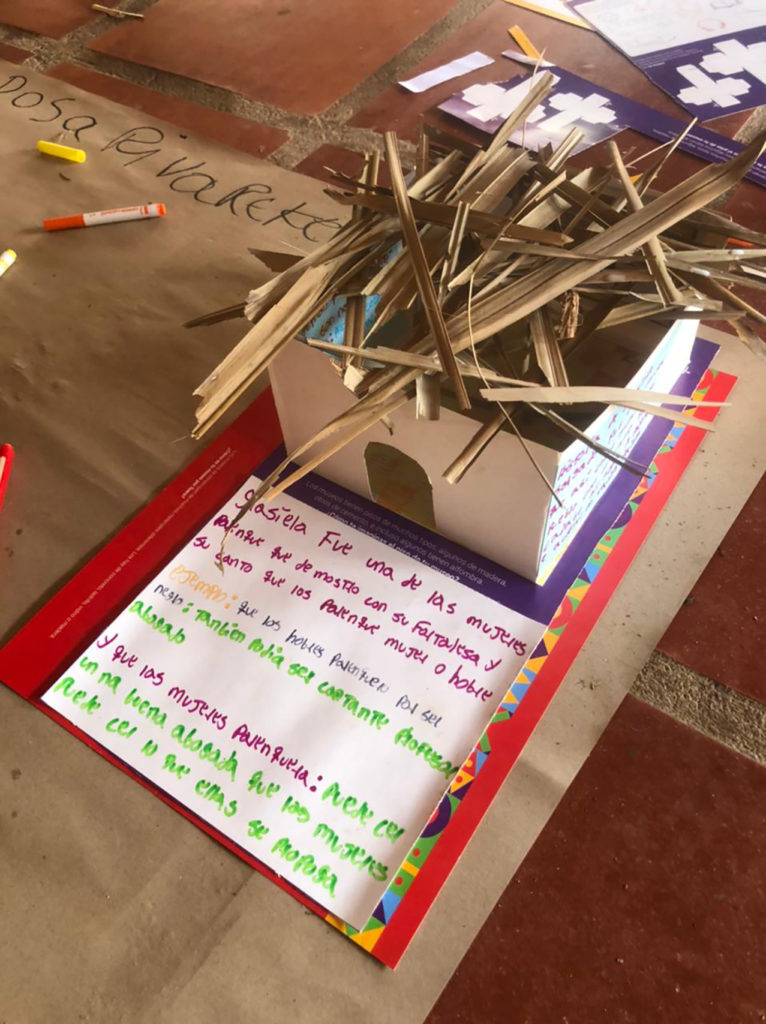
Fig. 3. Museum developed by young girls in the municipality of San Basilio de Palenque (the first free town in colonial America) with the didactic material in the framework of the co-creation laboratory of the Afro-Colombian Museum in March 2022.
Conclusion: ‘Pocket Museums’ and Memory
‘Pocket museums’ are a way of understanding personal and collective memory as a metaphor for the museum. The project Memory, Victims and Representation of the Colombian Conflict and the Museo Afro de Colombia use the learning materials of A Museum for Me to dialogue with communities about the representation, knowledge and intelligence that museums should have from a decolonial and participatory perspective. This tool is an invitation to create, to think, to build the museum as a living space that is open to the stories of all persons. In a world where silence and pain are daily occurrences, the concept of the ‘pocket museum’ can transform museum spaces into safe places, havens of dialogue and creation.
The project A Museum for Me is a conversation, it is a reason to create, and it is a ‘pocket museum’ insofar as it is full of fragments of memories, of odds and ends found at the bottom of wallets, of the aroma of a favorite dessert or the fragrance of someone who is no longer among us. It is a reliquary of tears and laughter, it is personal and collective. It is a book open to creation and imagination, and a means to be used by all.
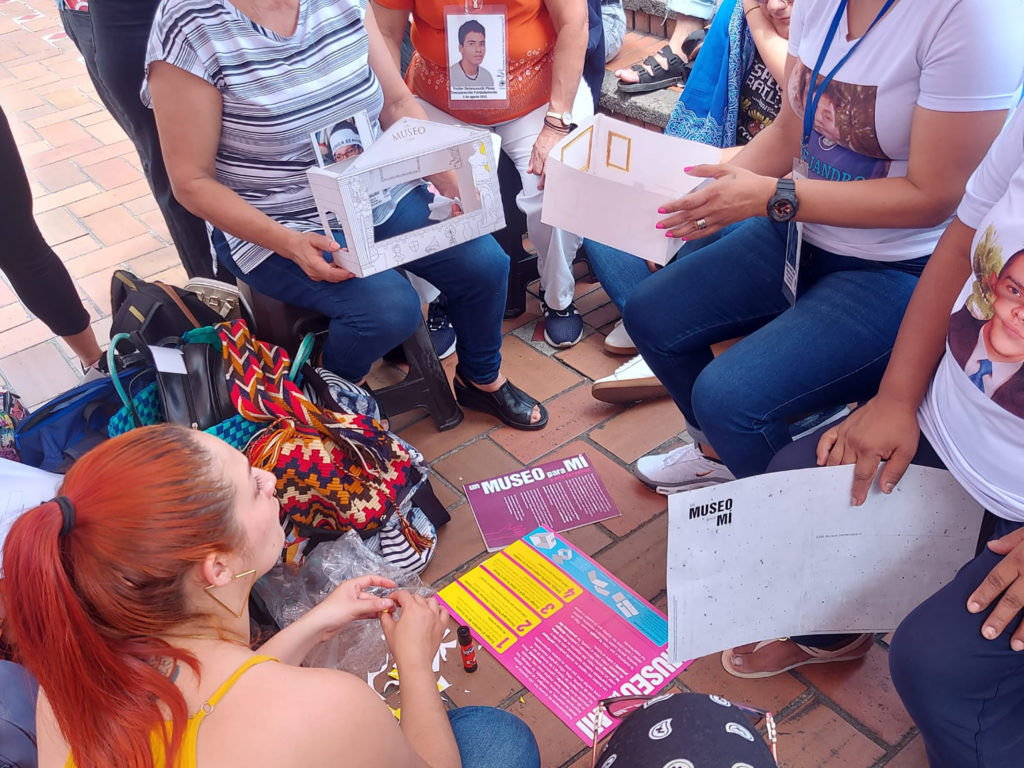
Fig. 4. Activity with the Guagua Foundation that brought together students from the Universidad del Valle and relatives of victims of kidnapping, May 2022.

